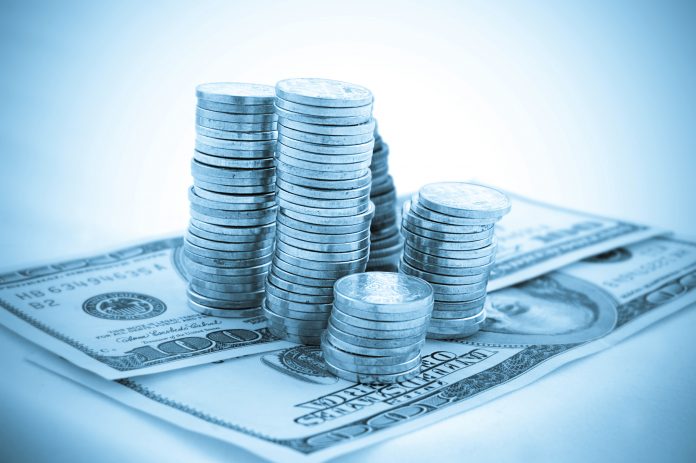The DXY Dollar index, the index that measures the U.S. Dollar’s value against a basket of major currencies was choppy, but ultimately didn’t move much, falling slightly from 96.71 to 96.06. This comes at a time when U.S. tech stocks rose to all time records and broader stock markets rose to multi-month highs, even in spite of the fact that the U.S. now has a bigger problem with coronavirus infection rates than it did at any time in the past. If a risk off sentiment starts to prevail in the stock markets, the U.S. dollar may strengthen, but gains will be capped by the massive stimulus packages that have been put in place as well as the specter of more to come. Against the Thai Baht, the dollar moved from 30.93 to 31.67 indicating that the Baht weakened during the period.
The British Pound moved even lower from its 1.2348 level and hit 1.2250 before rebounding back above 1.25 and passing the 1.2569 handle. Looking at the past several months the 1.25 level has served as a center point of a range that spans from approximately 1.2150 to 1.2850. The pound has not held on to levels below 1.20 or above 1.30 and so this range bound activity may continue for a while yet. If stock markets sell off this could negatively impact the GBPUSD cross rate. Against the Thai Baht, the pound moved from 39.06 to 39.81
The Japanese Yen has been range bound as mixed signals come from the other side of the Pacific. The JPYTHB cross rate moved from 106.78 to 107.01 after hitting a high of 107.94. It has not lost its safe haven status during recent stock market rises, and so more strength could be on the cards if equities take a turn for the worse. Against the Thai Baht, the Yen fetched 0.2930, up from 0.2880, further confirming Thai Baht weakness.
The Russian Ruble weakened against an already weakening U.S. dollar, moving from 69.70 to 71.96. Against the Thai Baht, since both currencies declined by about the same amount, there was little change in the cross rate which moved from 0.445 to 0.420. Ruble volatility continues to be muted and there are no catalysts to suggest a breakout in either direction is likely to occur just yet.
The Euro, again, has been the biggest beneficiary of U.S. Dollar weakness, moving from 1.1179 to 1.143. Since the basket of currencies that make up the DXY dollar index is heavily weighted towards the Euro, it is little wonder that it is picking up the slack and rising. Yet, Euro zone officials are still embarking on their own additional stimulus so it will be interesting to see how long the current uptrend can last.
Against the Thai Baht, the rate moved strongly from 34.59 to 36.15, a multi-month high.









